
Comedonal Acne: Causes, Symptoms & Treatment
Among the many variants of acne, comedonal acne is one of the most enduring types. This type of acne, characterized by comedones, which are non-inflammatory blemishes, can be upsetting and unpleasant for people with it. If comedonal acne is a major skin concern for you, take a look at its causes, symptoms, and various treatments.
What is Comedonal Acne?
This moderate mode of acne, familiar as comedonal acne, generally referred to as non-inflammatory acne, is characterized by comedones. Small, flesh-hued, or silvery lumps termed comedones form when microorganisms, sebum (the skin's organic lubricate), and dead skin units block the hair follicles. Usually, they are placed on the face, specifically in the T-belt (forehead, nose, and jawbone), even though they can still be found on the rib cage and back.
Open comedones, also known as blackheads, and closed comedones, frequently known as whiteheads, are the two modes of comedonal acne. When pores are free and unprotected from the air, melanin oxidizes, offering blackheads their dark color. Whiteheads, on the other hand, are closed and appear white or flesh-colored.
What causes Comedonal Acne?
Several determinants are responsible for the development of comedonal acne. They are:
Excess Sebum Production
Increased sebum production can lead to the clogging of hair follicles, creating an environment conducive to comedone formation.
Abnormal Skin Cell Shedding
In some individuals, skin cells may shed abnormally, accumulating dead cells that contribute to comedone formation.
Bacterial Activity
The presence of certain bacteria, particularly Propionibacterium acnes, can exacerbate comedonal acne by further clogging the follicles and promoting inflammation.
Hormonal Changes
Increased sebum production can result from hormonal fluctuations, such as during puberty, menstruation, or hormonal imbalances, which raise the risk of comedones on face.
Cosmetic and Skincare Products
Certain cosmetic products, especially those with comedogenic ingredients, can clog pores and worsen comedonal acne.
Genetic Predisposition
Family history and genetics can play a role in determining an individual's susceptibility to comedonal acne.
Symptoms of Comedonal Acne
The appearance of open and closed comedones on the skin's surface is one of comedonal acne's main signs. Mild redness and irritation may accompany them, but major inflammation and pus-filled lesions are typically absent. Despite comedonal acne's reputation as a mild form of acne, its outward manifestations can harm self-esteem and lead to psychological anguish.
How to treat Comedonal Acne on the face?
Fortunately, several comedonal acne treatmentoptions are available for managing and clearing comedonal acne. It is crucial to select the right comedones treatmentbased on the intensity of the condition and unique skin type.
Topical Retinoids
Topical retinoids with prescription strength, like tretinoin, adapalene, and tazarotene, can effectively clear pores, encourage cell turnover, and lessen comedone development.
Glycolic Acid
Alpha hydroxy acids like glycolic acid can promote exfoliation and help clear clogged pores.
Topical Antibiotics
In some cases, topical antibiotics may be prescribed to reduce bacterial activity on the skin and control acne formation.
Oral Medications
For more severe cases, oral antibiotics or hormonal treatments may be recommended by a dermatologist.
Extraction
Professional comedone extraction by a dermatologist or licensed aesthetician may be performed for stubborn comedones. However, this should not be attempted at home, as it may lead to skin damage and infection.
Skincare Routine
A gentle skincare routine with non-comedogenic products and regular cleansing can help manage and prevent comedonal acne.
Also read: The Ultimate Guide to Treating Comedonal Acne: Tips, Products, and Strategies.
Avoiding Picking or Squeezing
Manipulating comedones can worsen inflammation and potentially cause scarring. It's essential to avoid picking or squeezing blemishes.
For severe or stubborn cases, consulting a dermatologist is crucial to explore further treatment options and avoid complications. Patience and consistency are vital in successfully managing comedonal acne and regaining confidence in one's appearance.
Conclusion
Comedonal acne may not appear as inflamed as other types, but it can be persistent and bothersome. Effective treatment involves understanding its causes and symptoms. Topical treatments, exfoliation, and a consistent skincare routine can help manage comedonal acne and improve skin clarity.
The Pink Foundry’s Acne Care & Healing Moisturiser is meticulously crafted to address persistent acne while providing delicate nurturing for your skin. Bid farewell to harsh and desiccating treatments that leave your skin parched and irritated. Designed to be non-comedogenic and lightweight, it effortlessly permeates the skin's layers, delivering vital nutrients and restoring equilibrium without obstructing pores.
This exceptional moisturiser has two key ingredients: niacinamide and cica, renowned for their capacity to refine skin texture. This potent formulation effectively curtails excessive oil production and combats acne breakouts by targeting acne-causing bacteria, mitigating inflammation, and expediting the healing process. The ultimate outcome is a visibly smoother, tranquil, healthier complexion that radiates a natural glow. Apart from its prowess in combating acne, this moisturizer stands as a paragon of hydration.
FAQs
1. What are comedones on face?
Comedones on face is a mild acne characterized by non-inflammatory blemishes called comedones.
2. What are the comedonal acne causes?
Excess sebum, abnormal skin shedding, bacteria, hormones, and genetics contribute to comedonal acne.
3. How do I treat comedonal acne?
Topical retinoids and gentle skincare routines are effective treatments for comedone removal.
4. Can I extract comedones at home?
No, professional extraction is recommended to avoid skin damage and infection.


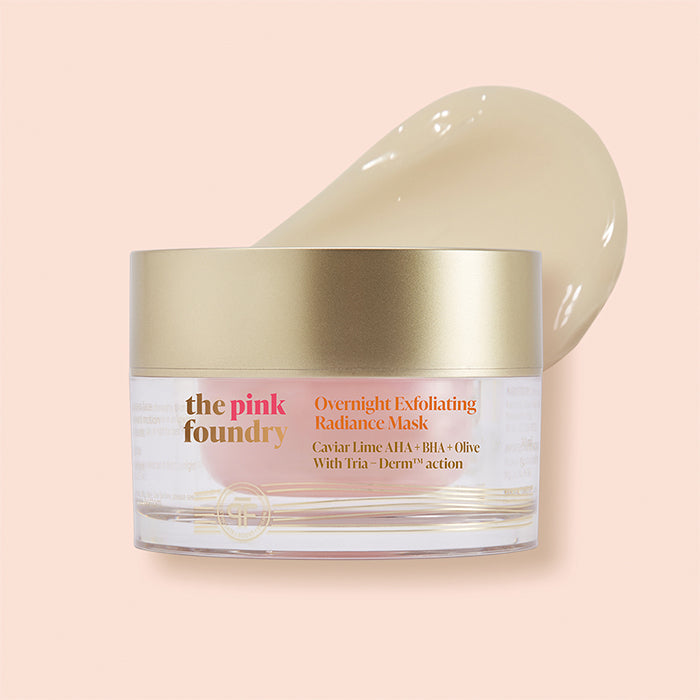



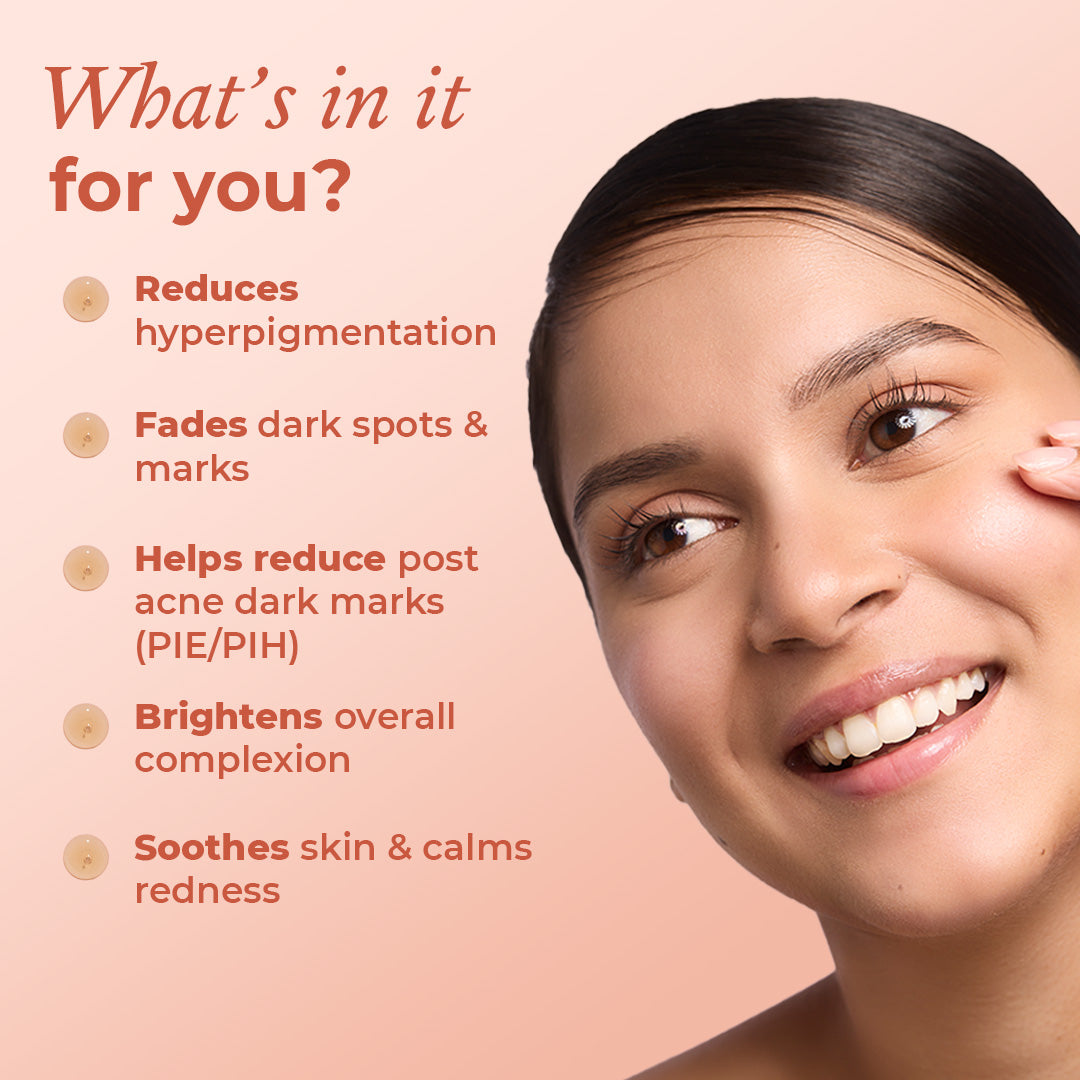

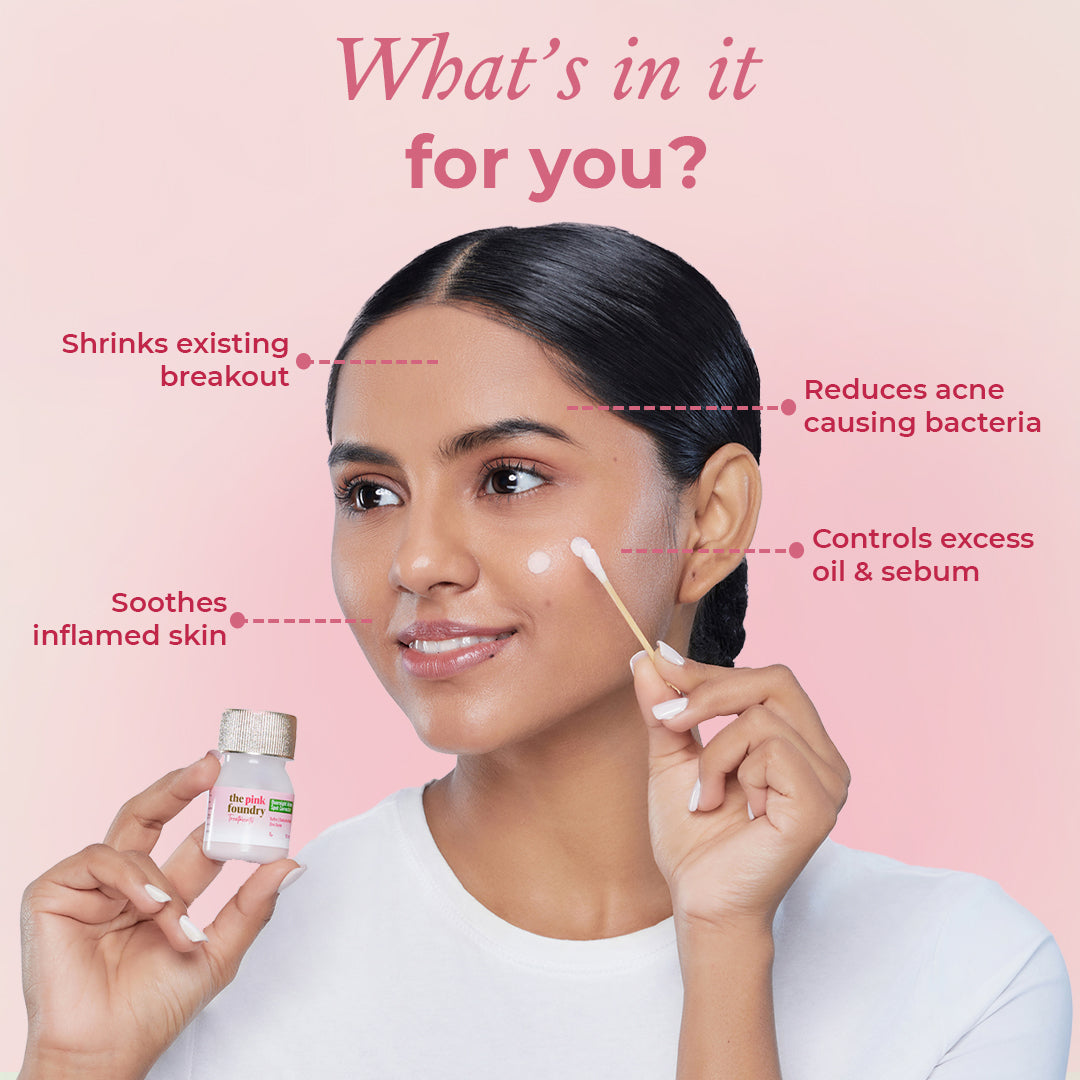
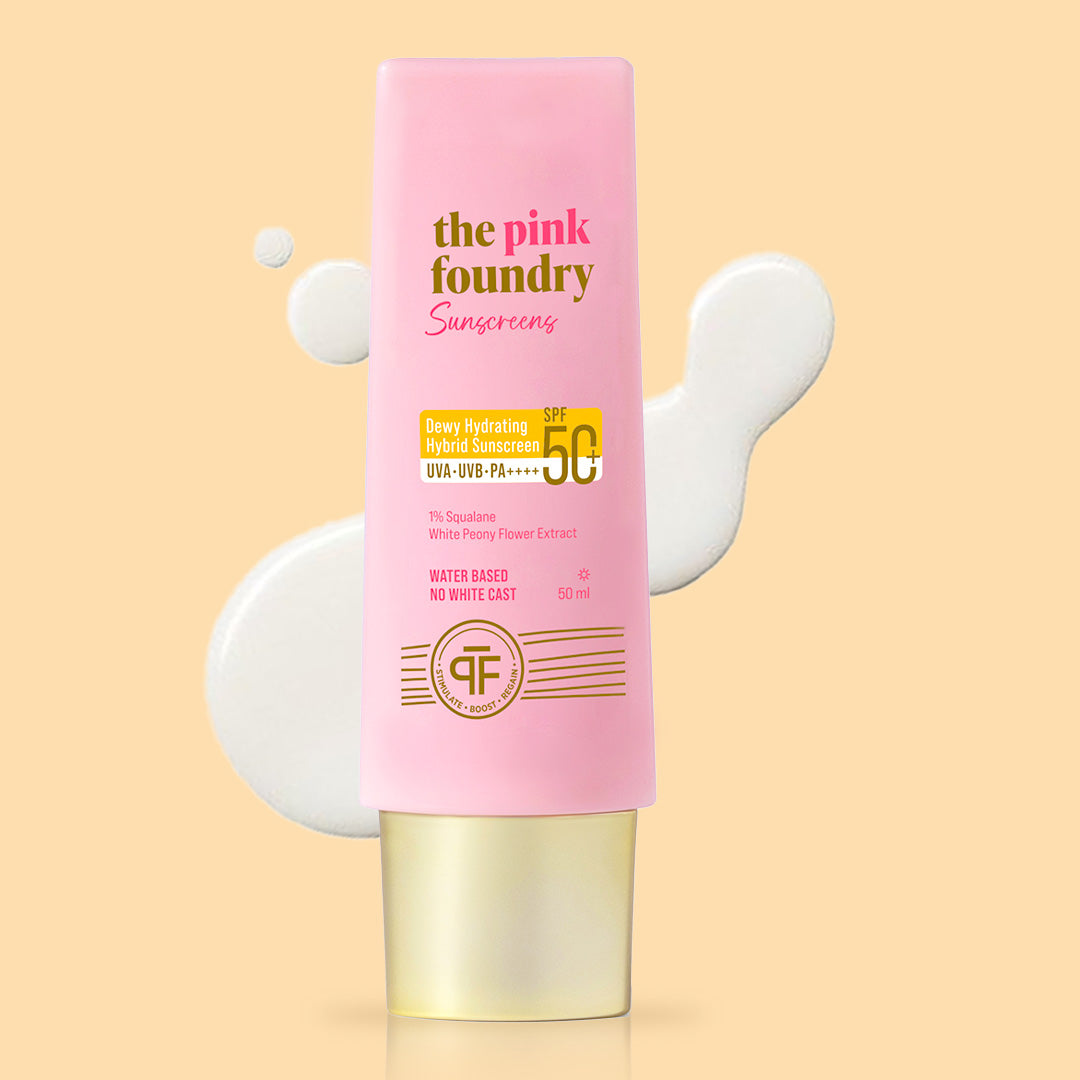
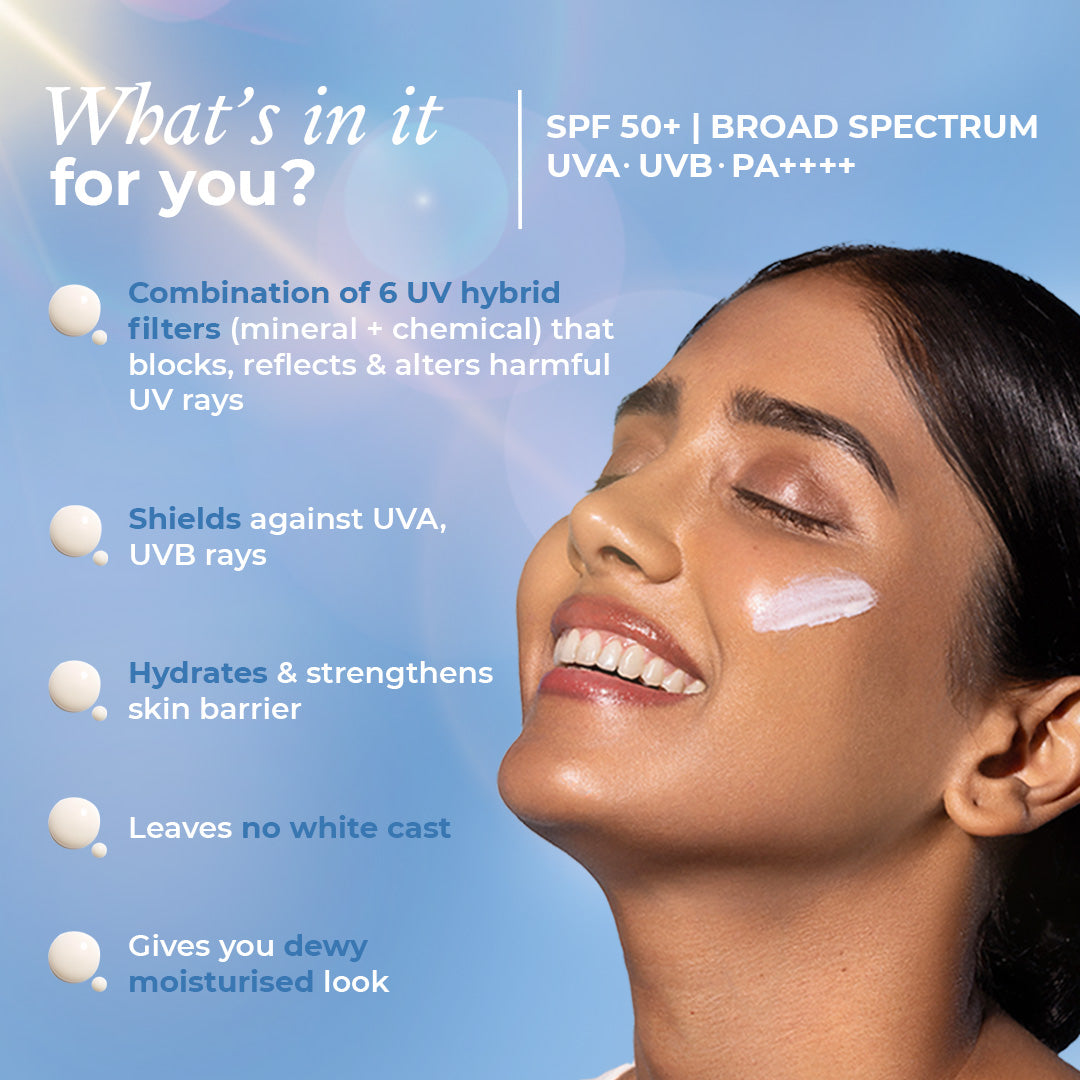
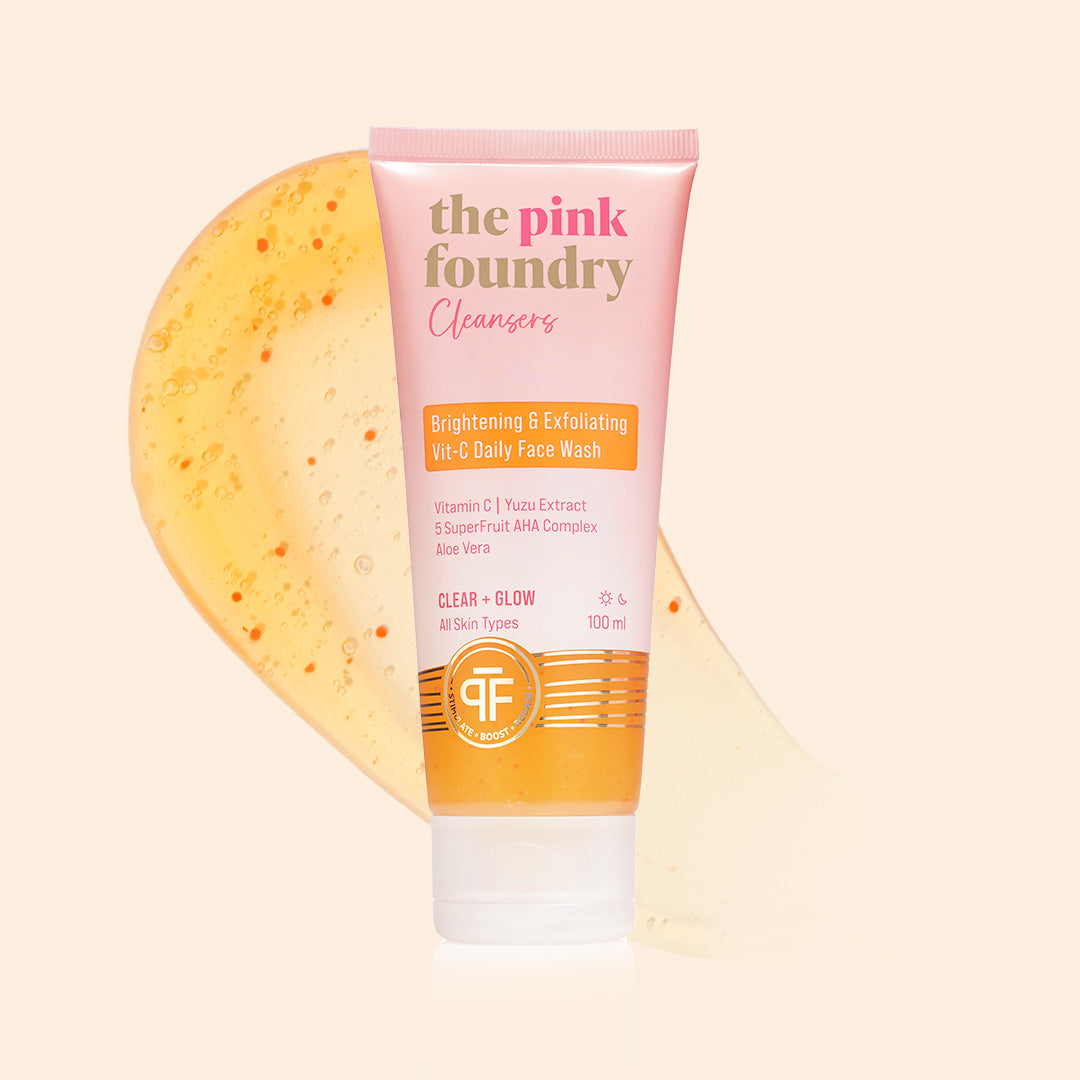
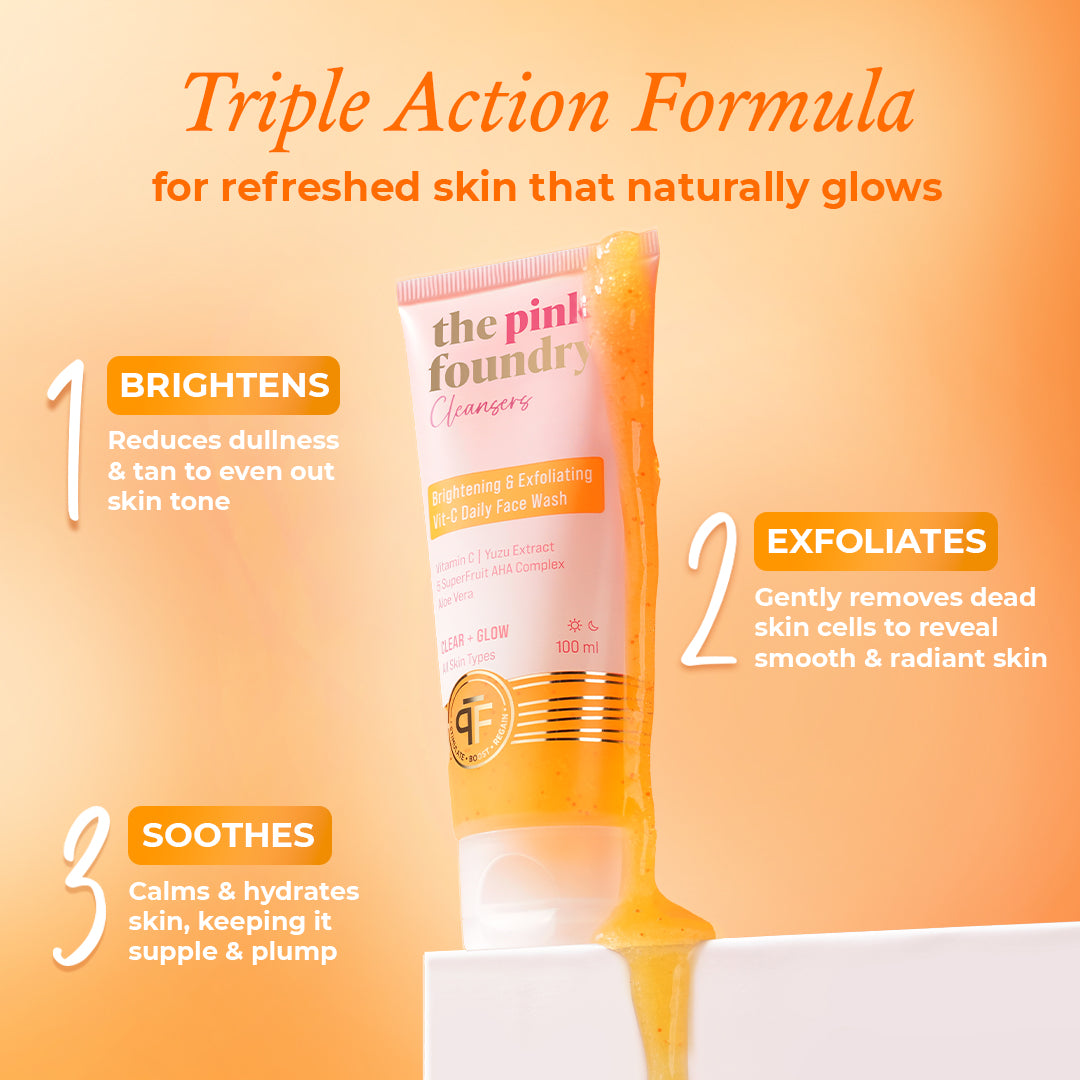
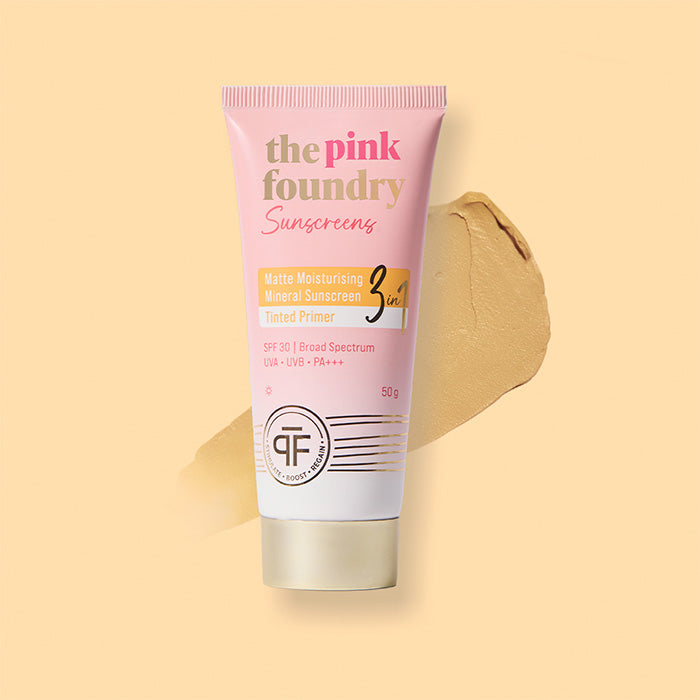
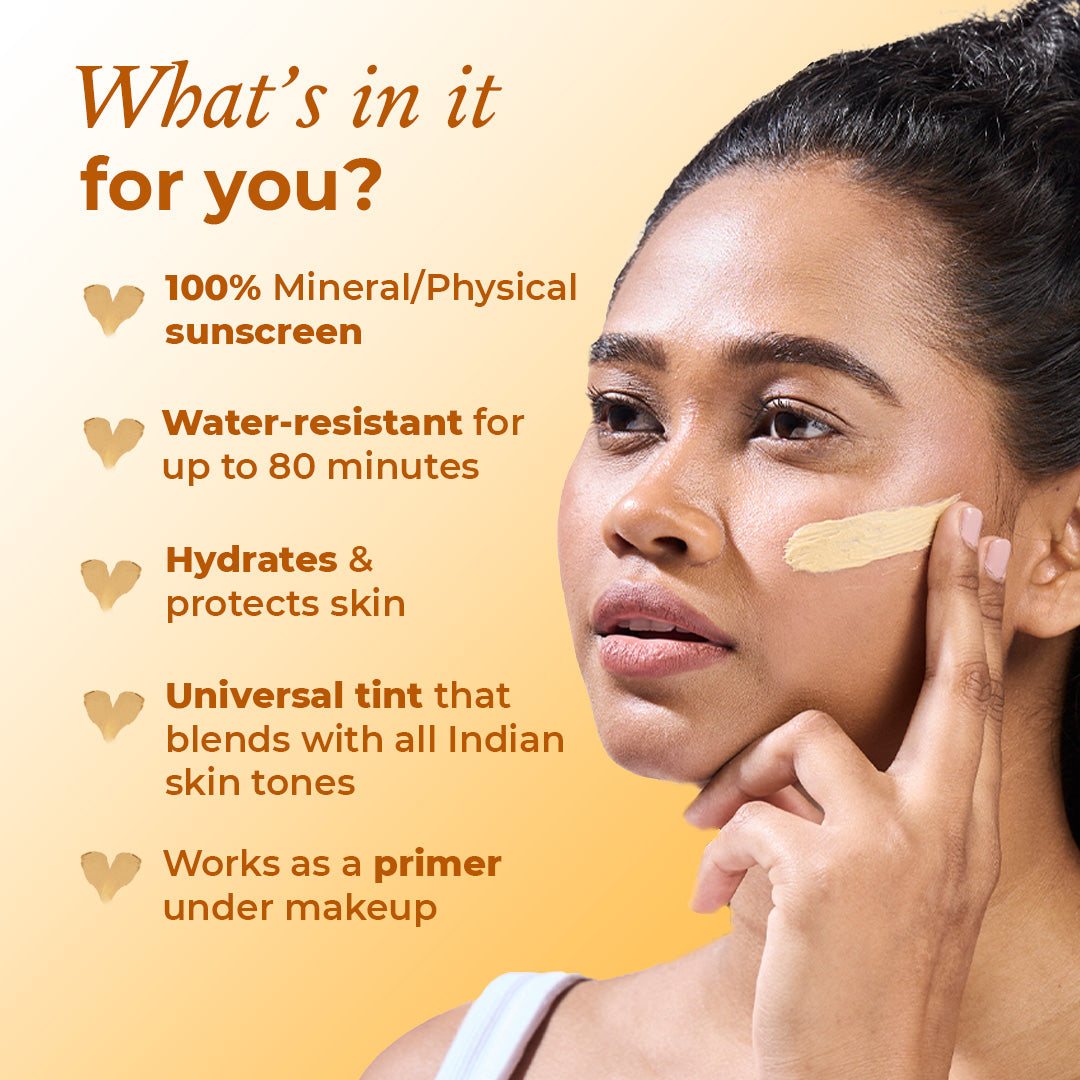
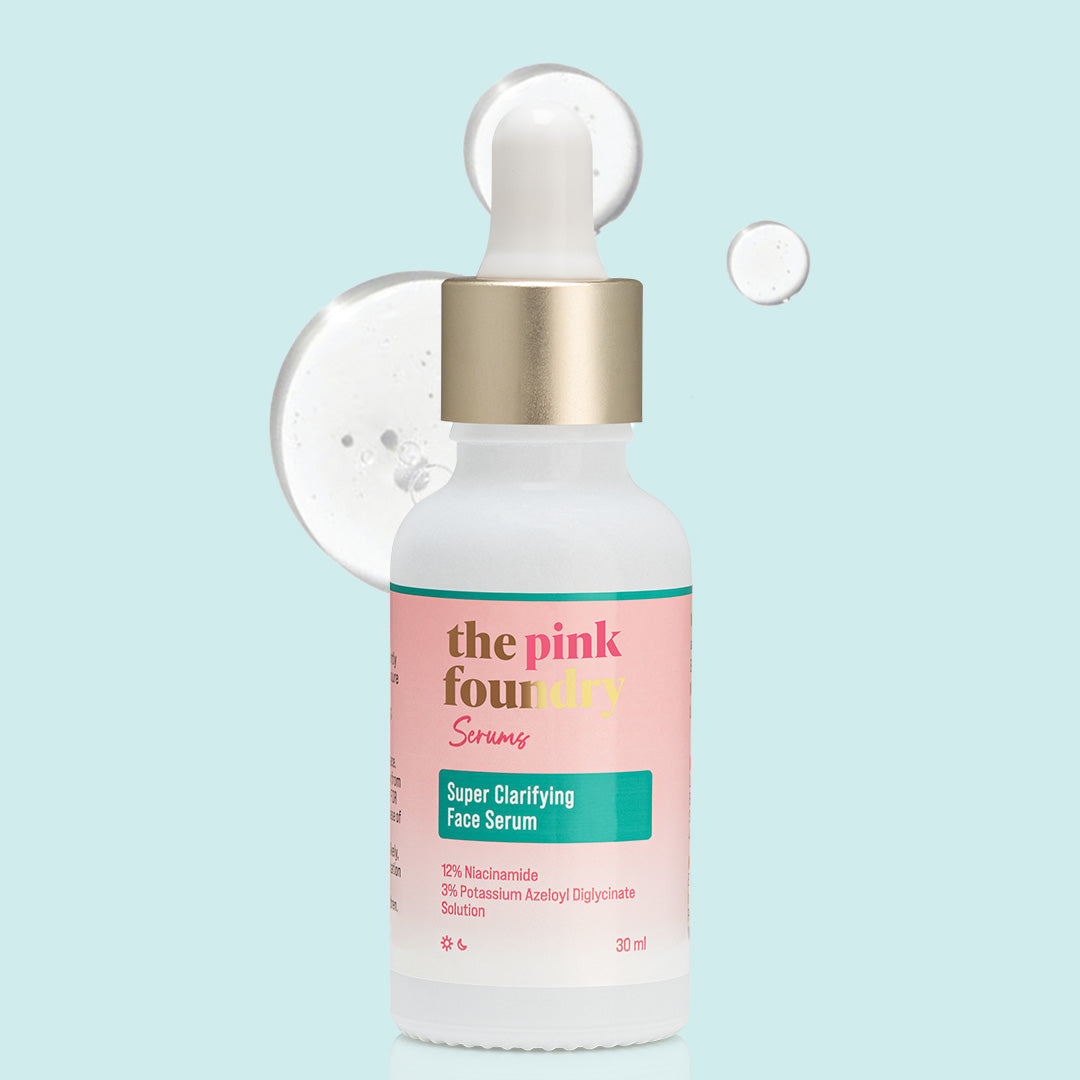
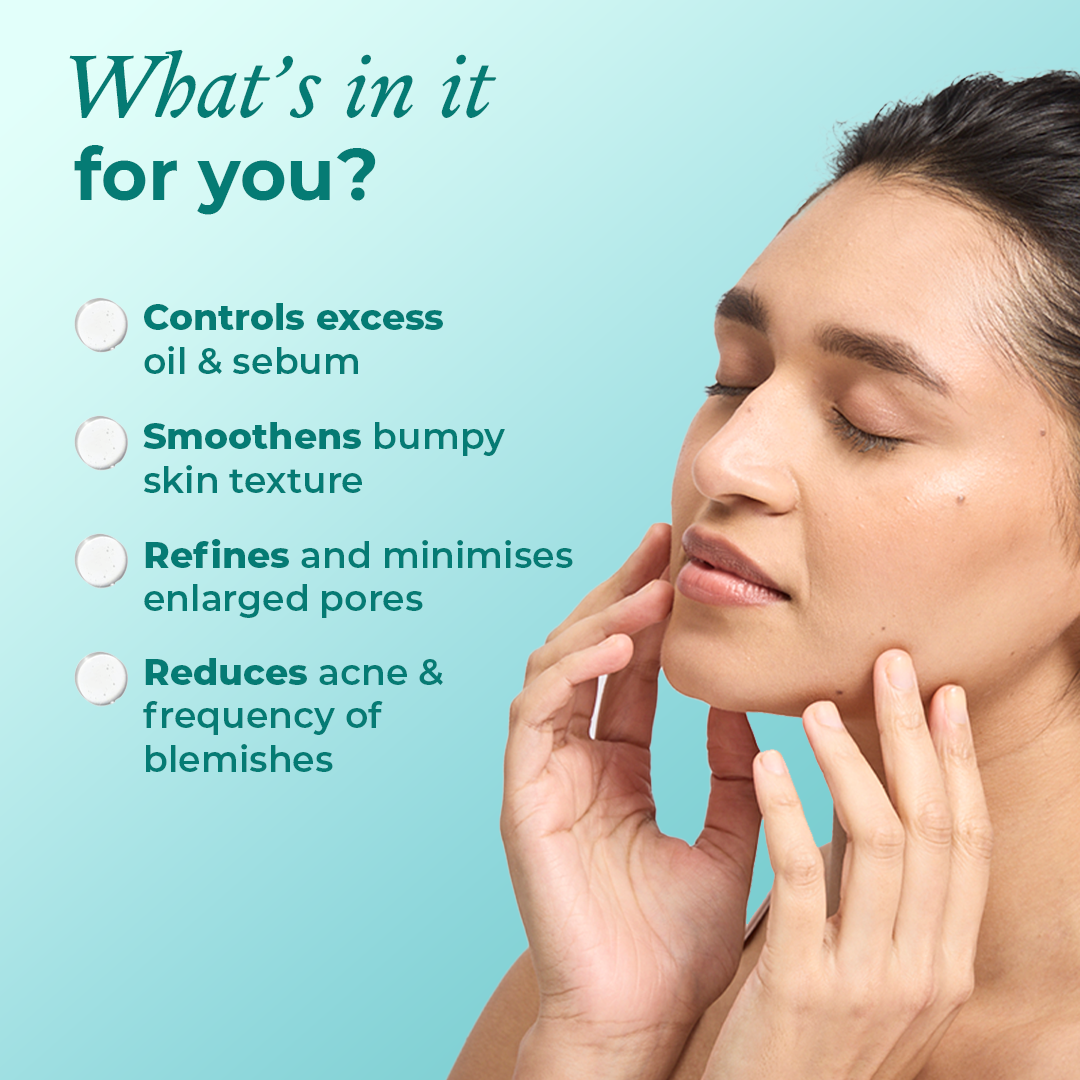

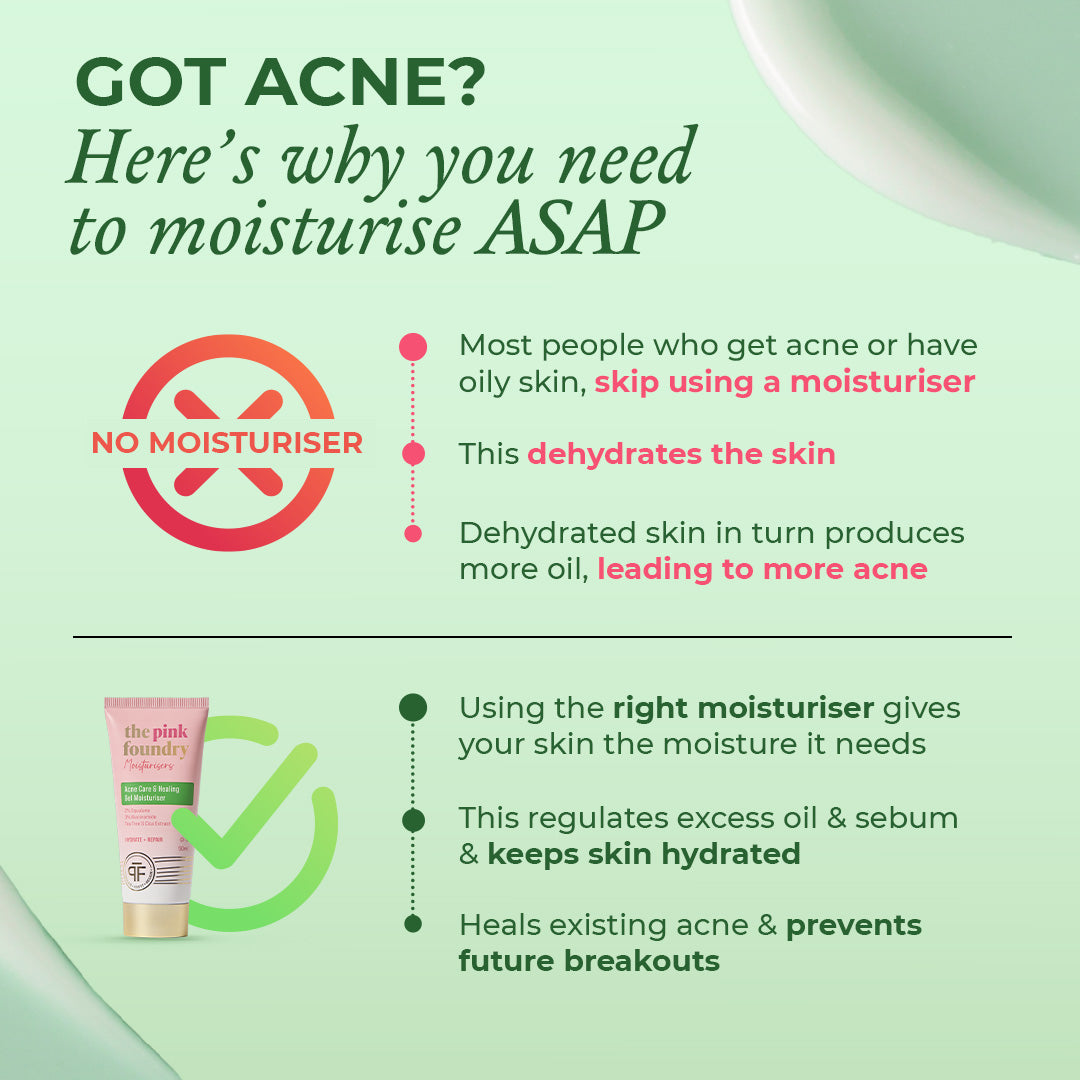
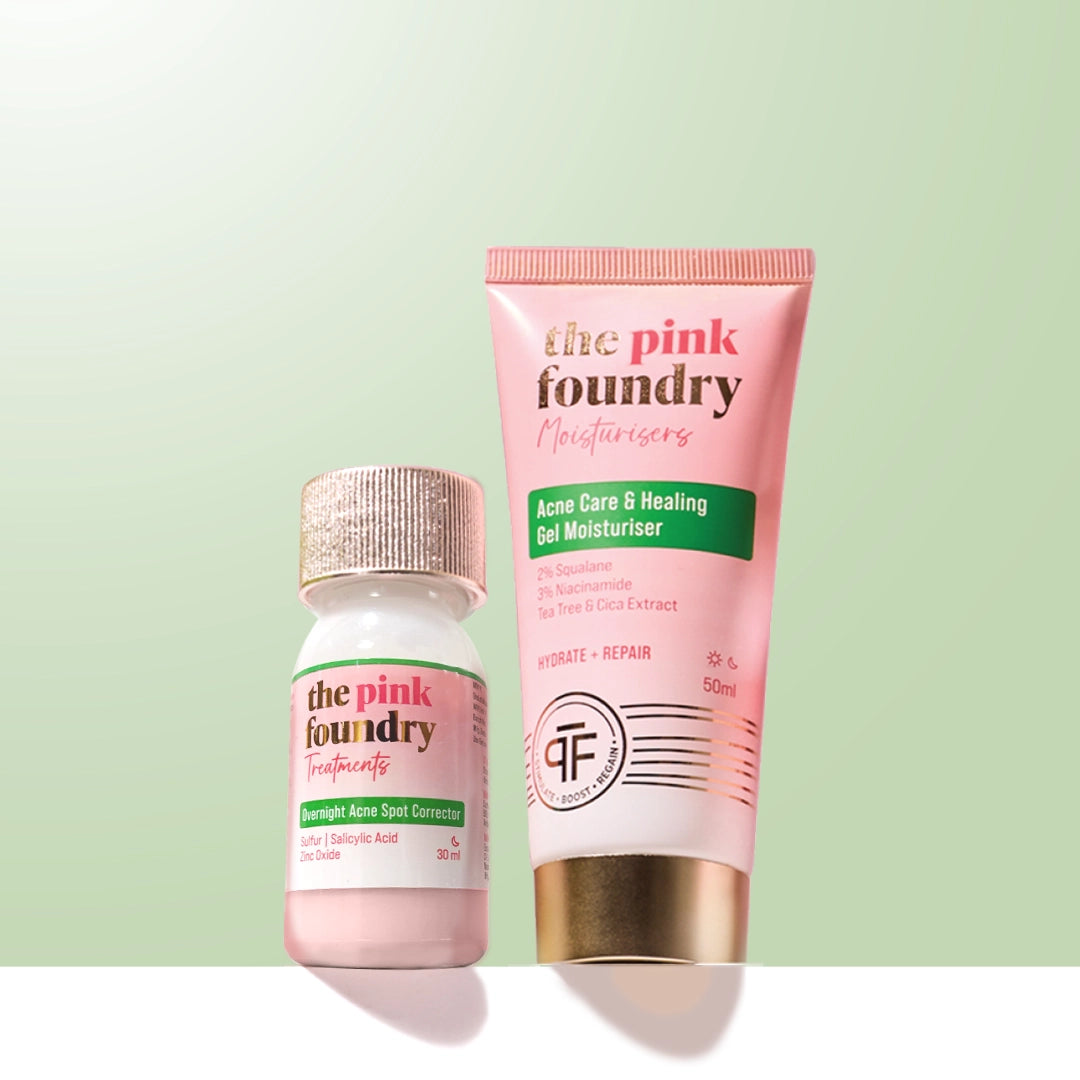
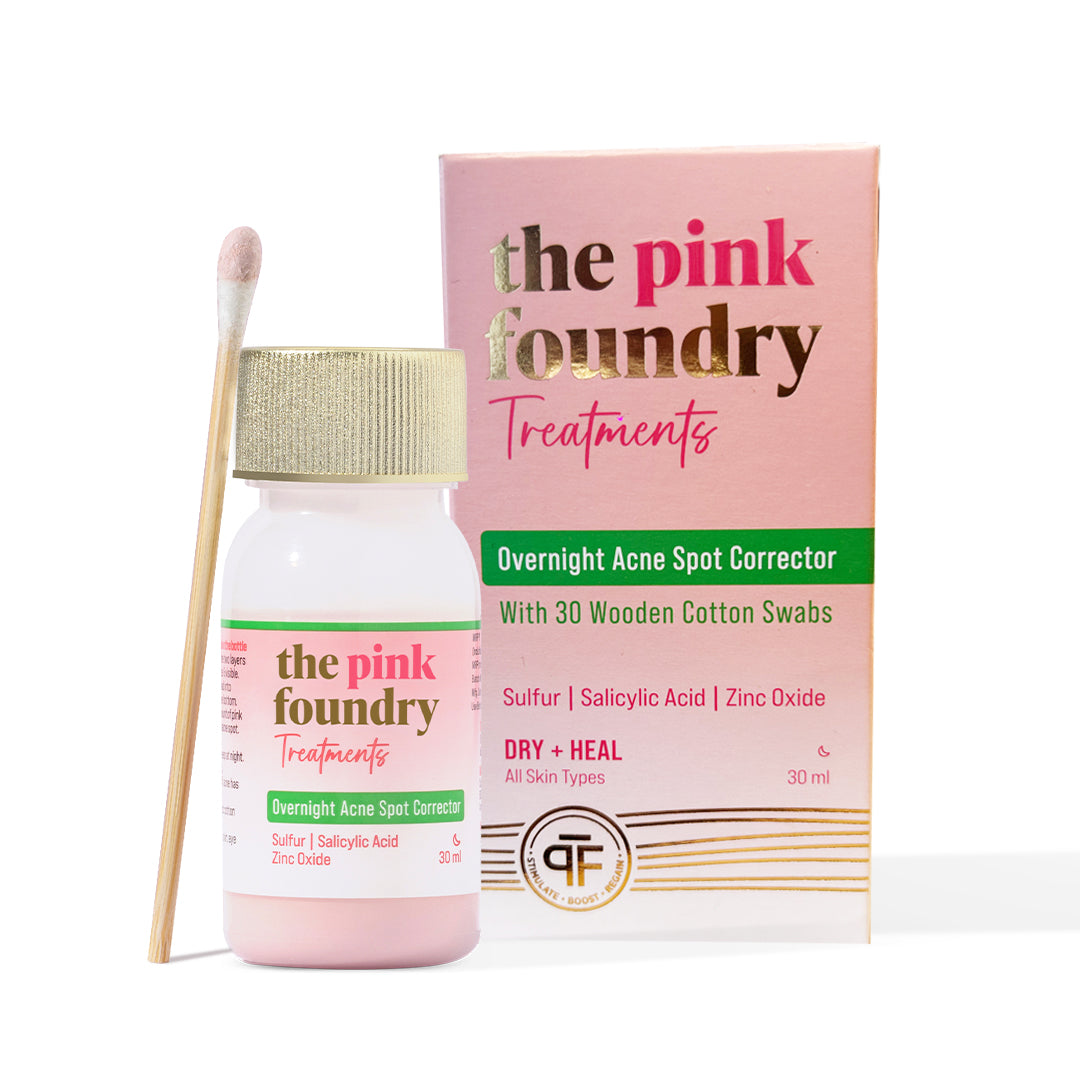
Leave a comment
This site is protected by hCaptcha and the hCaptcha Privacy Policy and Terms of Service apply.